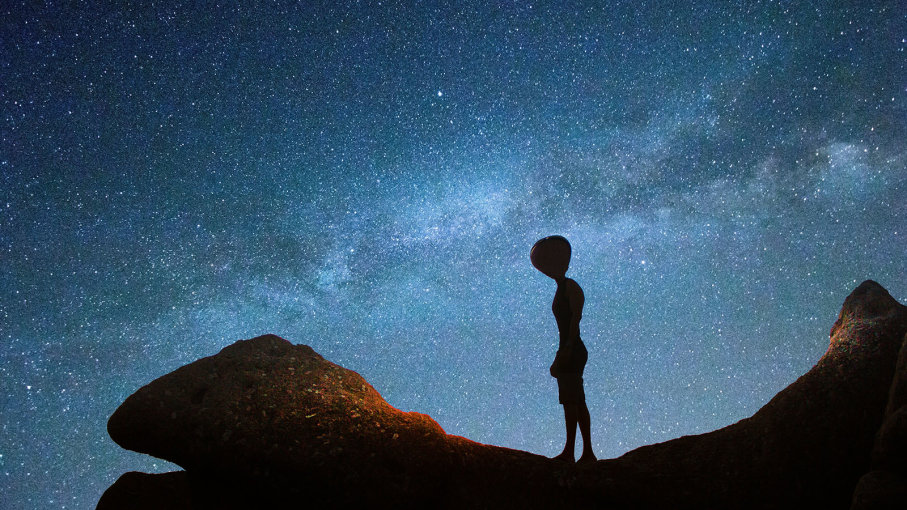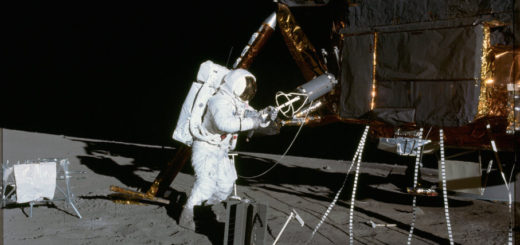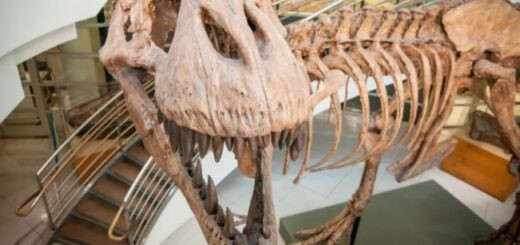Aliens Might Look and Think Like Us, Courtesy of Natural Selection

Aliens might look a lot like us, due in part to convergent evolution — the aspect of natural selection that sees the independent evolution of key biological features, such as eyes.
What might extraterrestrials look like? It’s a question astrobiologists, authors and artists love to tackle, leading to everything from highly humanoid Vulcans and Klingons to exotic forms that borrow only from the most extreme examples of terrestrial life.
In both cases, however, those visions are limited. As a University of Oxford research team notes, past astrobiology efforts have largely taken Earth life and extrapolated through the application of chemistry, geology and physics to predict what aliens might look like.
It seems sensible, right? For example, eyes are widespread on our planet, so it makes sense that aliens would have them as well. We’re carbon-based life-forms, so we might expect life-forms on the other side of the galaxy to follow suit.
However, according to the Oxford researchers, who published a November 2017 study in the journal International Journal of Astrobiology, natural selection is the firmest ground on which to base our predictions of alien life; natural selection being the directional force that led to life as we know it. In the absence of a designer, the authors stress, natural selection is necessary for the development of an organism, and we probably wouldn’t recognize it as an organism if it didn’t.
Sketch of complex alien
One of the co-authors sketched this complex alien included in the International Journal of Astrobiology study. As the accompanying caption notes, the alien “comprises a hierarchy of entities, where each lower-level collection of entities has aligned evolutionary interests such that conflict is effectively eliminated.”
ILLUSTRATION BY HELEN S. COOPER
While natural selection is necessary for life, the researchers add that the emergence of complex life requires major transitions, in which multiple parts of an organism “strive to the same purpose.” These transitions, in turn, are brought on by restrictive environmental conditions. Combine this line of thinking with the more mechanistic extrapolations of chemistry, geology and physics and you’ve got yourself a more robust means of predicting an alien’s form.
And what might that form be? The researchers certainly don’t bust out Klingons or Vulcans as examples, but they indeed might be more like us than we think – and they’re not the only ones to think so.
As Joe McCormick and I discussed in our Stuff to Blow Your Mind podcast episode “Grizzly Bears from Outer Space,” Cambridge paleobiologist Simon Conway Morris believes that aliens might look a lot like us, due in part to convergent evolution — the aspect of natural selection that sees the independent evolution of key biological features, such as eyes and wings.
Birds and bats, for instance, independently evolved the ability to fly. An alien life-form, sprung from the same process of natural selection, might very well evolve the same adaptations to sense and navigate its environment. Its eyes might look very different from ours, but they’d achieve the same purpose.
Conway Morris even goes so far as to apply this principle to cognition. In his 2005 Astronomy & Geophysics paper “Aliens like us?,” Conway Morris states that a humanlike intelligence might just be a cosmic inevitability, though the physical brain responsible for it might, via coevolution, be rather inhuman.
And if aliens think like us, does that mean they’d philosophize like us as well? Author R. Scott Bakker presented just such a notion in his Journal of Consciousness Studiespaper “On Alien Philosophy.”
Like us, Bakker argues, intelligent aliens would be bound by the same unknowns that confound us here on Earth. Perhaps they too are wondering what aliens look like, and how they might think.



 Creators of mankind
Creators of mankind Description of “Tall white aliens”
Description of “Tall white aliens” Where they came from?
Where they came from? About hostile civilizations
About hostile civilizations The war for the Earth
The war for the Earth “Tall white aliens” about eternal life
“Tall white aliens” about eternal life Video: “Nordic aliens”
Video: “Nordic aliens” Aliens
Aliens Alien encounters
Alien encounters The aliens base
The aliens base UFO
UFO Technology UFO
Technology UFO Underground civilization
Underground civilization Ancient alien artifacts
Ancient alien artifacts Military and UFO
Military and UFO Mysteries and hypotheses
Mysteries and hypotheses Scientific facts
Scientific facts


















